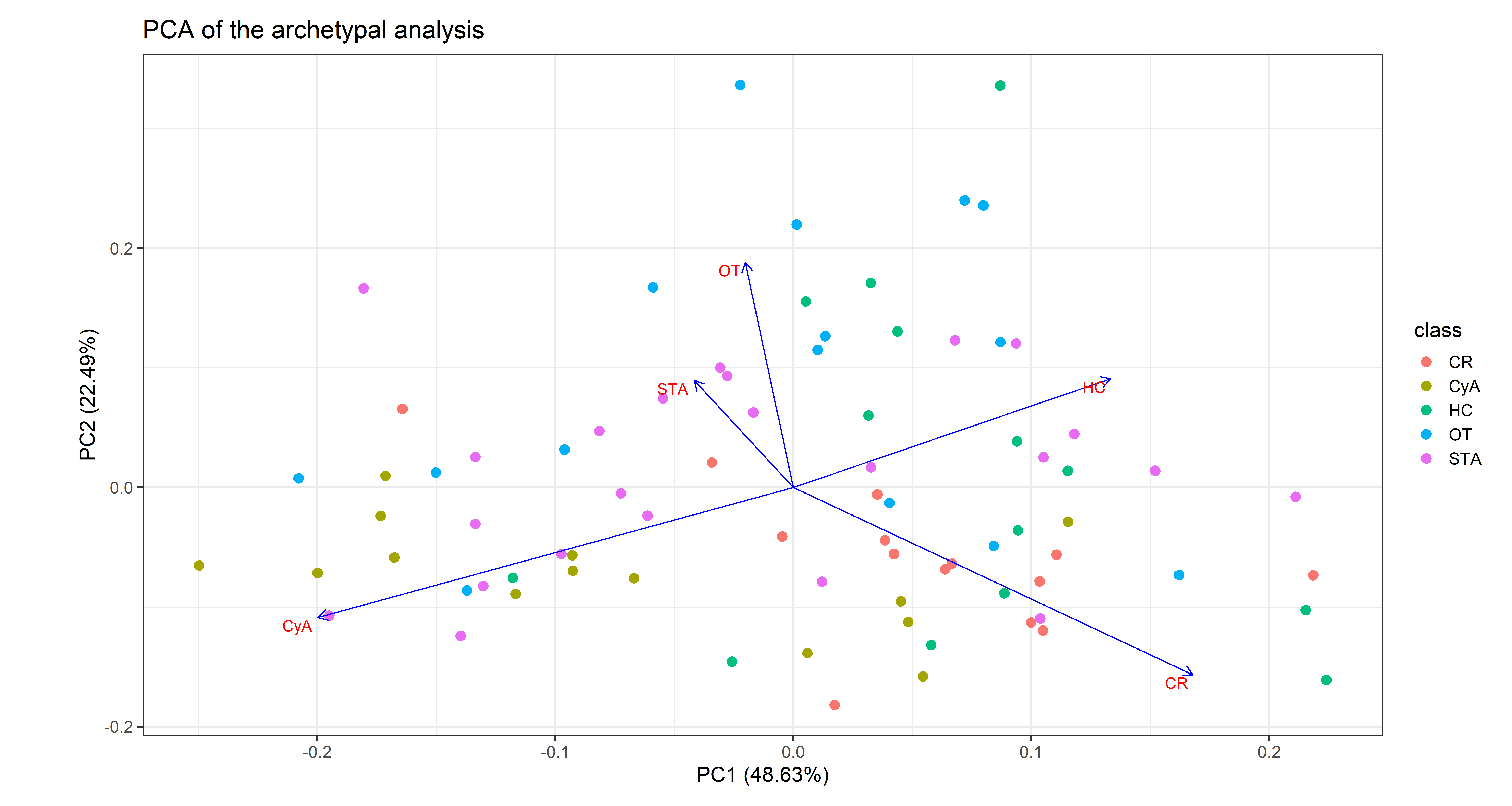Novel Peripheral Molecular Markers Predict Premature Graft Loss: Lessons Learned from Operational Tolerance Assessment
1Department of Nephrology, Institute for Clinical and Experimental Medicine, Prague, Czech Republic, 2Department of Computer Science, Faculty of Electrical Engineering, Czech Technical University, Prague, Czech Republic, 3Transplant Laboratory, Institute for Clinical and Experimental Medicine, Prague, Czech Republic, 4Universite Libre de Bruxelles (ULB), Brussel, Belgium
Meeting: 2022 American Transplant Congress
Abstract number: 1552
Keywords: Gene expression, Graft failure, Kidney transplantation, Tolerance
Topic: Basic Science » Basic Clinical Science » 17 - Biomarkers: Clinical Outcomes
Session Information
Session Name: Biomarkers: Clinical Outcomes
Session Type: Poster Abstract
Date: Tuesday, June 7, 2022
Session Time: 7:00pm-8:00pm
 Presentation Time: 7:00pm-8:00pm
Presentation Time: 7:00pm-8:00pm
Location: Hynes Halls C & D
*Purpose: TOMOGRAM, European multicenter study, recently identified new cohort of kidney transplant recipients (KTR) with operational tolerance (OT) with the aim to identify new transcriptomic signatures of OT.
*Methods: RNA sequencing of peripheral blood was evaluated in 15 OT KTR identified by TOMOGRAM, 23 stable KTR (≥ 15 years, STA), 14 KTR with transplant glomerulopathy (≥ 1 year, CR), 14 CyA-treated primary GN patients and 14 healthy controls (HC). The ability to discriminate OT from others was analyzed using 3 classifiers (GLMNET, voomNSC and SVM-RFE) with 10-fold cross-validation and visualized by principal component analysis (PCA) of molecular archetypes.
*Results: Peripheral blood transcriptome of OT patients is similar to STA group (AUC<0.6) and different from CR group (AUC>0.8). Also, in PCA of molecular archetypes direction of correlation suggested similarity of STA and OT and their anti-correlation to CR (Fig. 1). Top 10 transcripts differentiated OT from CR were assessed in prospective independent cohort (n=396) to predict premature graft loss. Multivariable Cox regression model based on expression of 5 of those transcripts at 3 time-points was associated with graft loss at 3 years with AUC=0.815.
*Conclusions: Identification of OT peripheral molecular signature among stable KTR is not feasible. Instead, novel peripheral molecular markers associated with premature graft loss were identified.
Fig. 1. PCA of the 80 patients’ peripheral blood transcriptome. For each sample, classifier scores discriminating one of 5 particular groups (OT, CR, STA, HC and CyA) from the other groups were calculated (median of 3 classifiers:SVM-RFE, GLMNET, voomNSC) and these data were used as PCA input. Each patient (dot) is colored by its clinical group. The superimposed arrows show the direction and relative magnitudes of the correlations between the 5 input variables and the PC scores.
To cite this abstract in AMA style:
Viklicky O, Le A, Klema J, Girmanova E, Mrazova P, Massart A, Abramowitz D, Abramowicz M, Hruba P. Novel Peripheral Molecular Markers Predict Premature Graft Loss: Lessons Learned from Operational Tolerance Assessment [abstract]. Am J Transplant. 2022; 22 (suppl 3). https://atcmeetingabstracts.com/abstract/novel-peripheral-molecular-markers-predict-premature-graft-loss-lessons-learned-from-operational-tolerance-assessment/. Accessed July 15, 2025.« Back to 2022 American Transplant Congress

